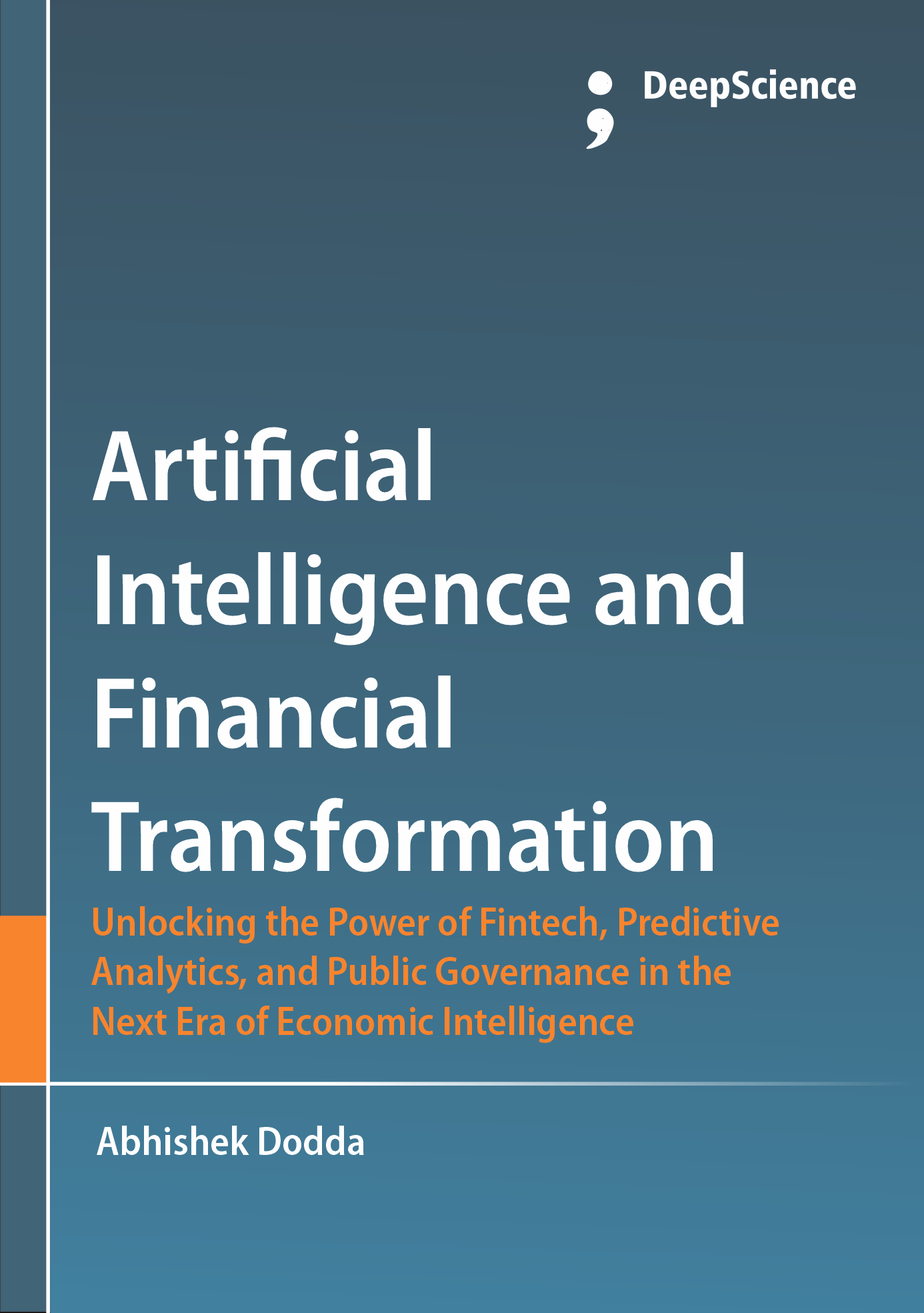Artificial intelligence governance in action: Balancing innovation, transparency, and regulatory compliance
Synopsis
Governance has traditionally been defined as the act of directing, controlling, and managing the operations of individuals and organizations to establish and achieve desired, predetermined objectives. As societies have grown more complex, interdependent, and diverse, governance has extended beyond corporate governance to that of groups and networks. In today's world, distributed governance allows a variety of people and groups to participate in decision-making processes. Although wealth, power, and resources are not evenly distributed in society, people can assert special interests and collective ability to pursue specific social, economic, and political goals. Distributed governance frameworks create the context for cooperation and collaboration to solve local, national, and global challenges, reinforce rules, and nurture relationships (Borgesius, 2018; Cath, 2018; European Commission, 2019).
AI has the potential to accelerate innovation and add significant value to the economy while also posing substantial risks to individuals and society. The economic, social, and political ecosystem around the development of AI is diverse and complex, involving a multitude of stakeholders and dimensions, including research, technology, economy, business, regulation, law, politics, culture, and civil society. How AI systems are designed, developed, used, and managed will determine whether their impact is positive or negative. A cooperative and coordinated multi-stakeholder approach will create the conditions necessary to maximize the opportunities associated with AI systems and protect against associated risks. The promises and pitfalls of AI need to be governed in such a way as to balance incentives for responsible innovation and regulatory compliance. AI needs to be governed by rules for the curious and constraints for the reckless. Without a governance foundation on which all of the actors can effectively build and innovate, maximizing positive societal impact will remain tenuous (Gunning & Aha, 2019; Jobin et al., 2019).












